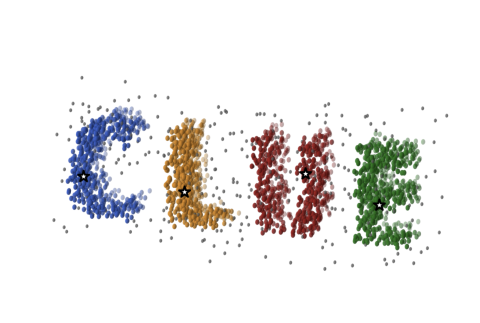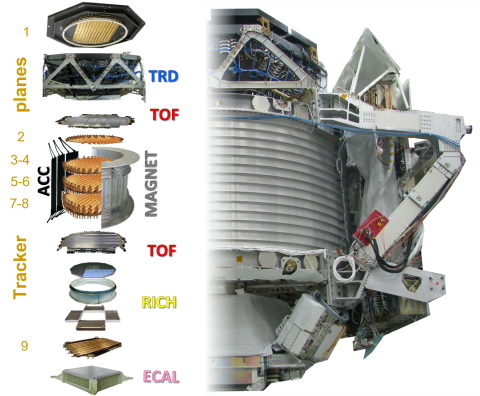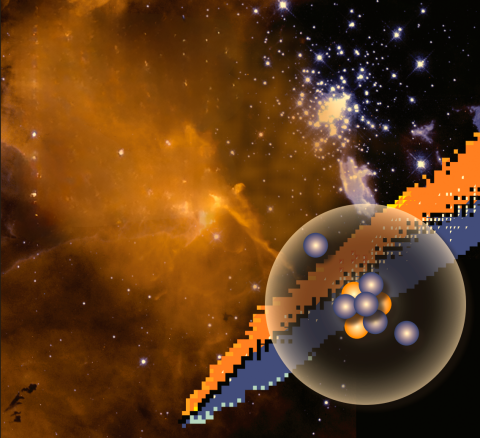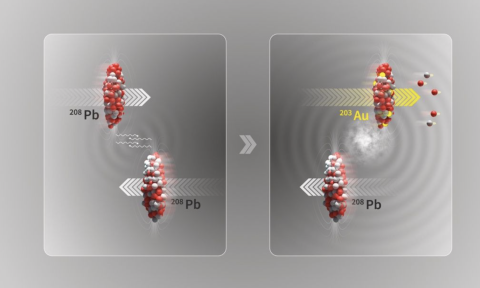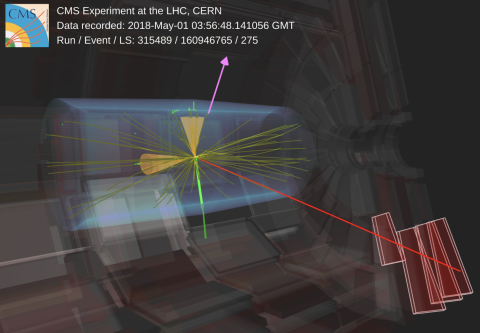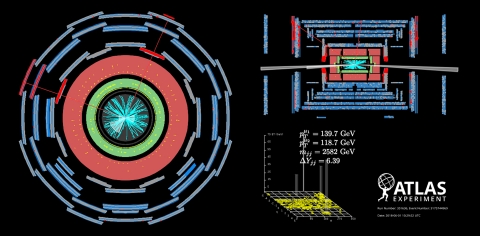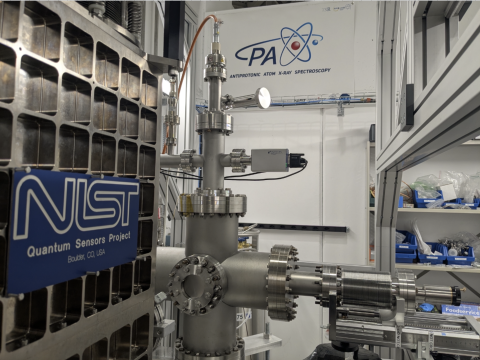April 2025 - June 2025
CLUE: A Scalable Clustering Algorithm for the Data Challenges of Tomorrow
The foreseen increase in luminosity and pileup at the High-Luminosity Large Hadron Collider (HL-LHC) [1] will challenge both the detector hardware and the reconstruction software. With higher pile-up, calorimeter energy reconstruction depends even…
Read moreAMS-02: A New Chapter in Orbit to Probe the Nature of Cosmic Rays
Since its launch aboard the International Space Station (ISS) in May 2011, the Alpha Magnetic Spectrometer (AMS-02) has recorded more than 250 billion cosmic-ray events, offering precision measurements of the composition and energy spectra of…
Read moreDecoding r-Process Nucleosynthesis: Precision Studies of Exotic Indium Isotopes at ISOLDE
How are the chemical elements synthesised in stellar environments? Which processes lead to their creation? What impact does nuclear physics have on their production? Describing the origins of the chemical elements and their observed…
Read moreHeavy isotopes production via electromagnetic interactions at the LHC
The ALICE experiment at LHC studies ultra-relativistic heavy-ion collisions to characterize the Quark-Gluon Plasma (QGP) — a state of matter where quarks and gluons are deconfined. This state existed briefly in the early Universe, just a few…
Read moreAnomaly at the Threshold: A Closer Look at tt̄ Events in CMS
Some of the most intriguing developments in physics begin not with a discovery, but with an anomaly, subtle, persistent, and difficult to ignore. In 2019, CMS reported a mild excess of around three standard deviations in a search for heavy…
Read moreATLAS Approaching a Breakthrough in Diboson Polarization with Run-3 Data
The study of the polarisation of vector boson scattering (VBS) processes provides a unique test of the Higgs mechanism’s role in taming high-energy electroweak interactions, making it indispensable for fundamental physics for the last decades. As…
Read moreTELMAX: A New Era of Flexibility at CERN's Antimatter Factory
PAX UHV test chamber equipped with linear target manipulator and Ti x-ray window. The ADR cryostat containing the TES detector can be seen facing the chamber in its measurement position. X-rays from the antiprotonic atom cascade traverse the Ti…
Read more
